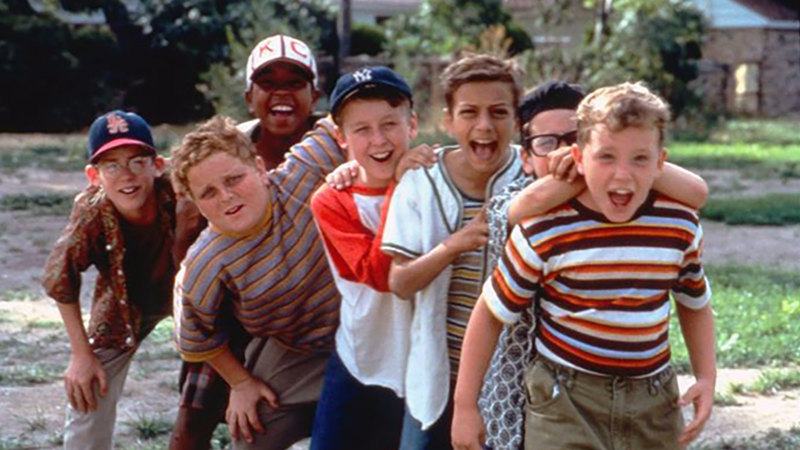At 158 minutes, David Fincher’s Americanized version of “The Girl with the Dragon Tattoo” is six minutes longer than the Swedish version but shorter than the sprawling Swedish TV version. I find that curious, even hard to believe, because Fincher doesn’t linger as long in moments that are designed to do nothing more than reveal character or give audiences the space to think.
From the classic rock title sequence (a cover of Led Zeppelin’s “Immigrant Song”) that feels like one of the newer James Bond openings, Fincher all but announces that his English-language version starring Bond guy Daniel Craig will aim for style and faster-moving action and mystery. But it’s not dumbed down. Stieg Larsson’s complicated and sometimes confusing plot remains so in the screenplay from Steven Zaillian (“Moneyball,” “Gangs of New York,” “Schindler’s List”).
Fincher’s version is, however, toned down. Although there’s still rape, nudity, and violence, it’s not quite as explicit as what we saw in the 2009 film by director Niels Arden Oplev, which starred Michael Nyqvist and Noomi Rapace. Or maybe everything just seemed a little more graphic and in-your-face because Rapace projected a toughness on the outside and a vulnerability on the inside, as did Nyqvist. What we get from Craig and Rooney Mara is more in line with action film heroes—tough on the outside, but the eyes aren’t revealing a whole lot about what’s going on behind them.
Another difference, for those keeping score, is that Stockholm and Sweden are much less “characters” in the Fincher version as they were in Oplev’s, whose film had a more brooding atmosphere and tone. As I wrote in my review of the 2009 film, the original “Girl with the Dragon Tattoo” did for Sweden what “Insomnia” did for Alaska and “Frozen River” did for the remote areas of New York that border Canada. If it were in black-and-white and if it played with light and shadow a bit more, it could have qualified as film noir. That’s not quite the case with Fincher’s version.
American audiences love disasters, and we get one in back-story that didn’t appear in the original Swedish film—not as a major plot point, but as a metaphor, and an enabler. A few other differences exist, especially near the end (and I won’t toss any spoilers out there), but by and large Fincher’s “Girl” stays pretty close to the original.
Craig plays Mikael Blomkvist, a journalist who just lost a big libel case against a billionaire (Ulf Friberg) and receives a three-month sentence to begin after he’s had six months to get his affairs in order. Relieved of his duties at Millennium magazine, he’s like a police officer who’s on suspension before an investigation–a kind of professional limbo that quickly ends when a Swedish industrialist named Henrik Vanger (Christopher Plummber) hires him to try to learn what happened to a 16-year-old niece whom he treated like his own daughter. Why revisit a 40-year-old case that police couldn’t solve? Because Vanger is getting up in age, and he wants to try once more to find out what happened, for his own peace of mind.
Blomkvist agrees and is given boxes and boxes of information to sort through and study, the most helpful being a journal kept by Harriet (Moa Garpendal). So in some respects, “The Girl with the Dragon Tattoo” is very much like the standard missing persons case from classic private eye films. The difference is that the femme fatale is a computer hacker who works for a firm that specializes in surveillance, and she’s been hacking into Blomkvist’s work because something about that libel case just didn’t feel right to her. It felt like a frame.
The narrative goes back and forth from Blomkvist’s world to Lisbeth Salander’s (Rooney Mara)–the girl with the dragon tattoo. As Blomkvist investigates, Lisbeth has run-ins with a hoodlum and a new guardian who abuses her, which is apparently nothing new for her. Like the heroine from the 2009 film, she has piercings and an attitude. She remains enigmatic even after she draws closer to Mikael. So there are two mysteries in “The Girl with the Dragon Tattoo”: What really happened to Harriet, and who, really, is Lisbeth? All of that is complicated by a family so ruthless that just about anyone can be a suspect—especially when so many of them were former Nazis.
I may be in the minority, but I preferred the extended Swedish TV version to the edited Swedish theatrical release, and I think both of them are slightly superior to Fincher’s film. But “The Girl with the Dragon Tattoo” has all the style and action promised in the opening credits, and it won’t disappoint fans of mystery or Larsson fans.
Video:
I wish Sony had sent me a Blu-ray of this title, because it would be easier to compare, since I reviewed the Blu-rays of the Swedish versions. So it’s tough to tell how much grain is the result of standard definition and how much is the result of a less-than-stellar transfer. Details don’t hold very well on the edges in low-lit scenes, but overall it’s visually consistent. “Girl” is presented in 2.40:1 anamorophic widescreen.
Audio:
The audio is an English or French (Canadian) Dolby Digital 5.1 Surround with an audio descriptive track, an English Dolby Surround, and subtitles in English, English SDH, French, and Spanish. The sound is pretty dynamic for standard definition playback, with a rich-toned mid-range and substantial bass. The rear effects speakers also get plenty to do, since the emphasis is on action.
Extras:
The only bonus feature is a full-length commentary from Fincher, who covers all sorts of bases—some scene specific, others more general—in a blend that’s both entertaining and informative. Would-be filmmakers can learn a lot here.
If you want bonus features, buy the Blu-ray, which comes with a second disc of extras.
Bottom Line:
I may be one of the few who prefers the original Swedish TV version, but Fincher does a nice job of staying faithful to the Larsson novel and infusing it with his own sense of style.


